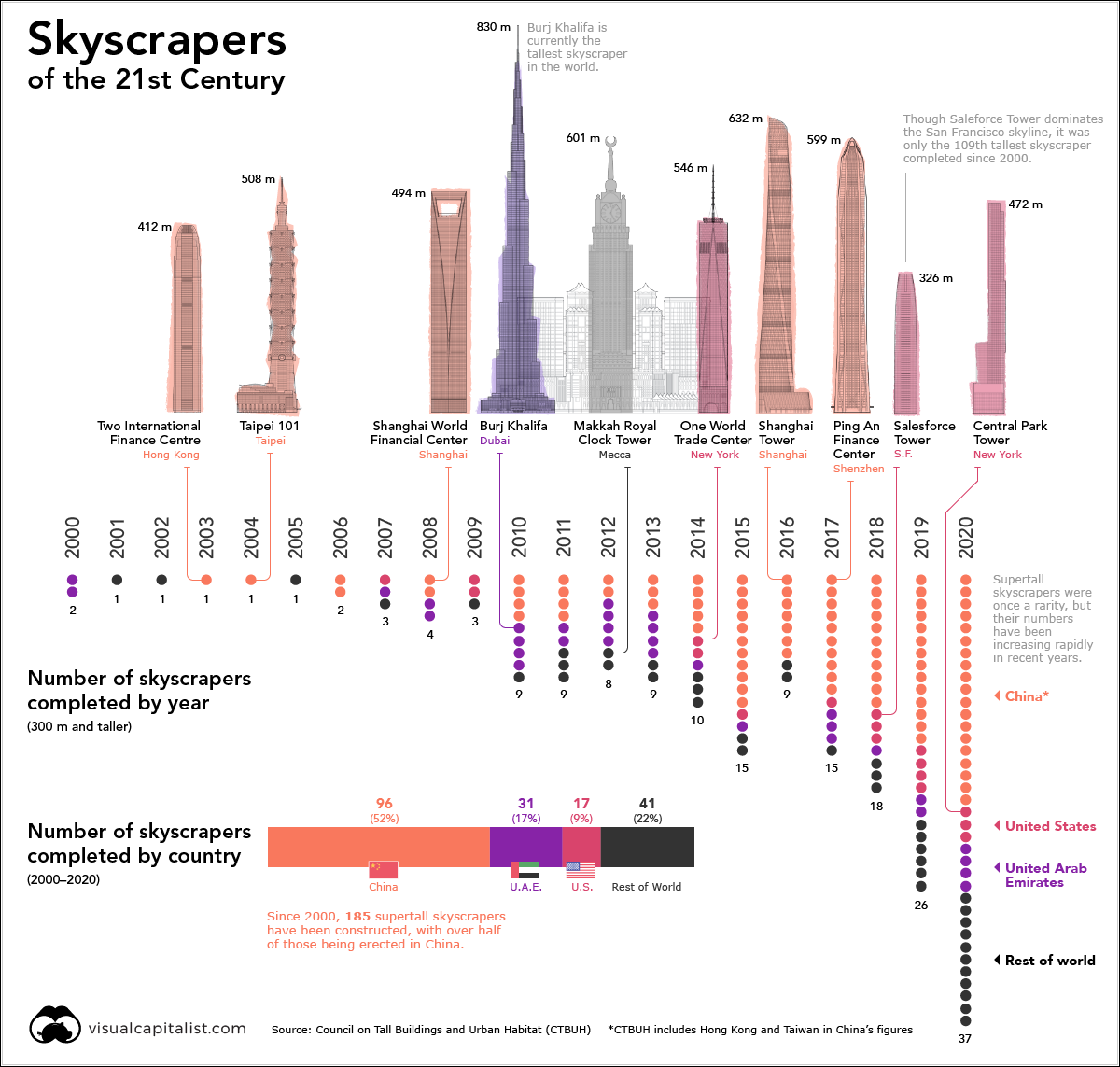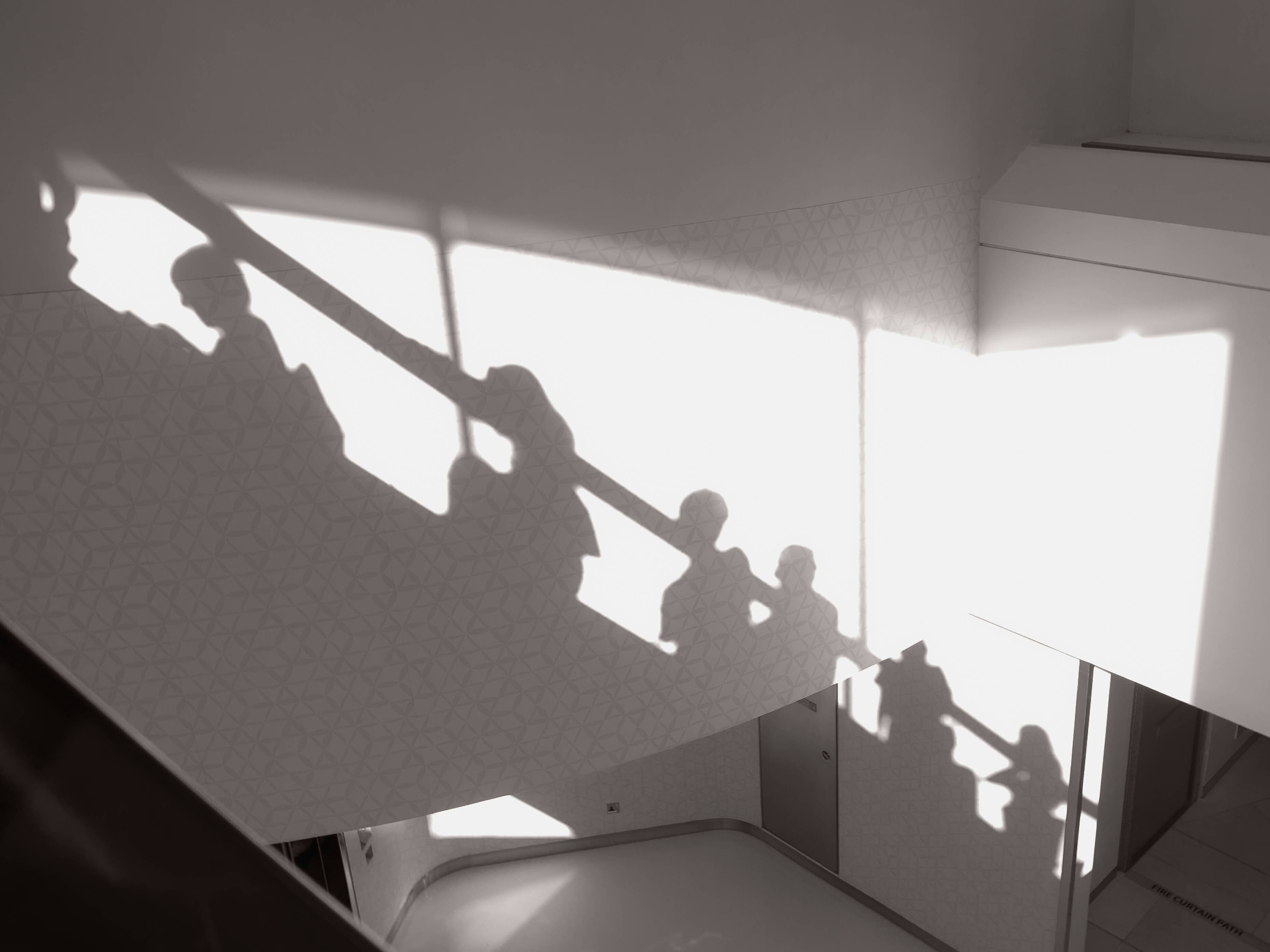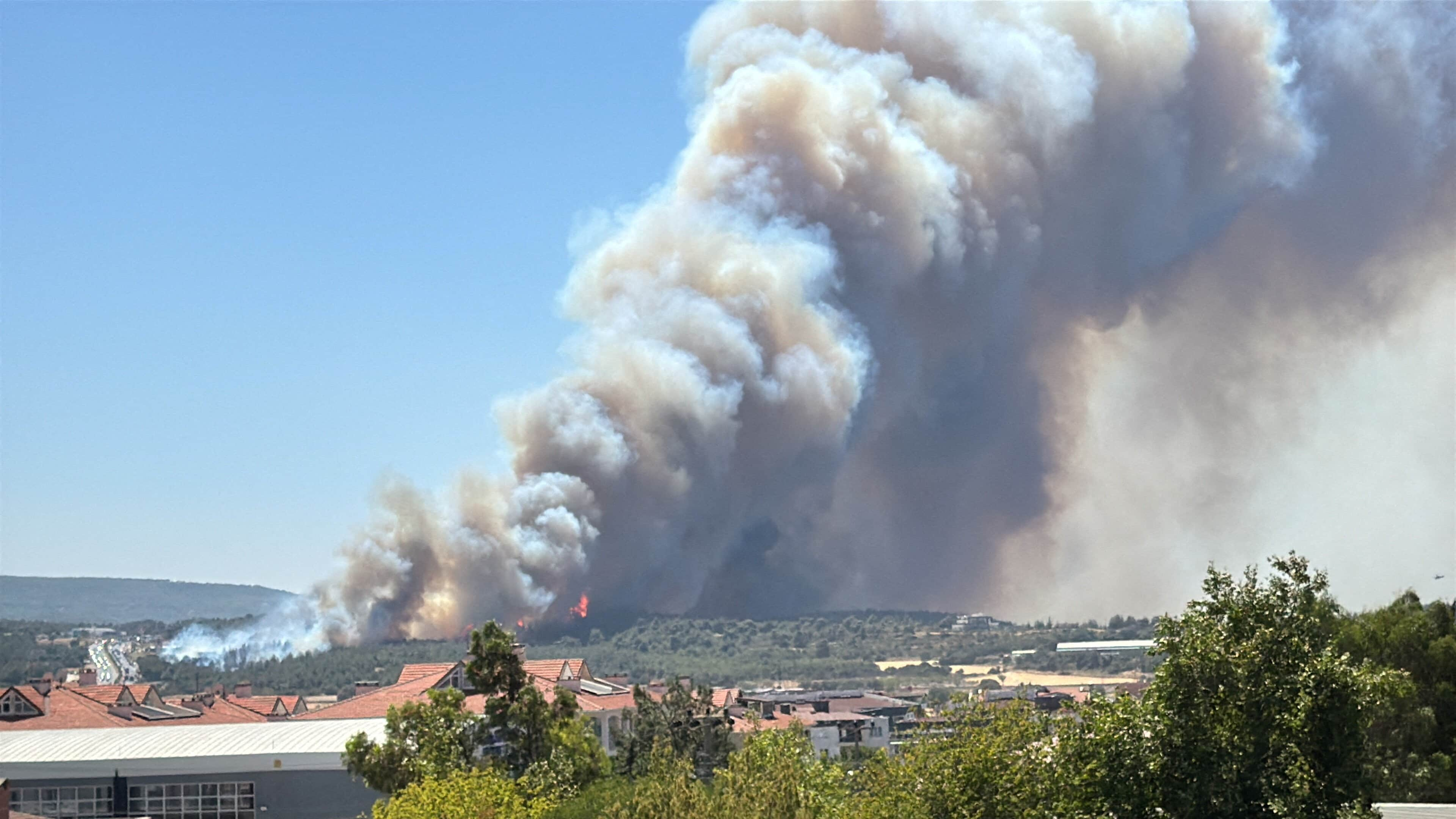Bigger and bolder: 20 years of supertall skyscrapers in one chart

The Burj Khalifa is the world's tallest building. Image: REUTERS/Tarek Fahmy
- The Burj Khalifa is the world's tallest skyscraper.
- In the 21st century, at least one supertall skyscraper has been completed annually.
- There are currently 132 supertall skyscrapers in various phases of construction around the world right now.

At the end of the 20th century, supertall skyscrapers—buildings exceeding 300 meters in height—were still somewhat of a novelty in the world.
Only 24 supertall skyscrapers existed at that time, with half of them located in U.S. cities. That list included iconic structures such as the Empire State Building and Willis Tower, as well as newer landmarks like Atlanta’s Bank of America Plaza.
According to the Council on Tall Buildings and Urban Habitat (CTBUH) database, the following buildings comprised the world’s full roster of supertall skyscrapers in 1999:



With the exception of the original World Trade Center towers in New York, all these iconic structures are still standing. Of course, there is now a much bigger cohort of skyscrapers sharing the skyline with them today.
20 years of supertall skyscraper construction
In the 21st century, at least one supertall skyscraper has been completed every year. In 2019 alone, the world built more of these incredible structures than the total that existed in 1999.
Here are the 20 tallest skyscrapers completed in the past 20 years:


With activity that reflects the country’s meteoric economic rise, China is an obvious point of focus in the skyscraper conversation. The world’s most populous nation been on a remarkable building tear in recent years, with activity spread throughout the country. No fewer than 30 Chinese cities added supertall skyscrapers to their skylines in the past two decades.
Vertical construction in the United States has been primarily focused in one of the original skyscraper hubs, New York City. In the long, storied history of skyscraper construction in New York City, it’s interesting to note that 8 of its 10 tallest buildings were built in the past 15 years.
Of course, no conversation about skyscrapers is complete without mentioning Dubai. No city on Earth can match the sheer magnitude of supertall skyscraper construction there—a remarkable feat considering the UAE’s size compared to the other two leaders, China and the United States. Over that past 20 years, Dubai added 23 supertall skyscrapers to its skyline, including four that are taller than the Empire State Building. Remarkably, there are another ten buildings under construction today that surpass the 300 meter mark.
What the future holds
The process from conceiving to completing supertall skyscrapers can take many years—especially as these ambitious structures reach higher into the sky. For example, the Ping An Finance Center in Shenzhen was first proposed in 2008, but not completed until 2017.
This multi-year process means that the pipeline of upcoming skyscrapers is very predictable. According to CTBUH, there are currently 132 supertall skyscrapers in various phases of construction around the world right now. That’s more than five times the number of existing supertall structures that existed at the dawn of the new millennium. This includes the Jeddah Tower in Saudi Arabia, which will be the first skyscraper to hit the one kilometer mark – shattering the record height set by the Burj Khalifa.
Over the next 20 years, as economic fortunes shift and architectural innovations advance, it remains to be seen what heights future skyscrapers will reach.
Don't miss any update on this topic
Create a free account and access your personalized content collection with our latest publications and analyses.
License and Republishing
World Economic Forum articles may be republished in accordance with the Creative Commons Attribution-NonCommercial-NoDerivatives 4.0 International Public License, and in accordance with our Terms of Use.
The views expressed in this article are those of the author alone and not the World Economic Forum.
Stay up to date:
Future of Construction
Related topics:
Forum Stories newsletter
Bringing you weekly curated insights and analysis on the global issues that matter.
More on Stakeholder CapitalismSee all
Pedro Leitao
November 5, 2025






